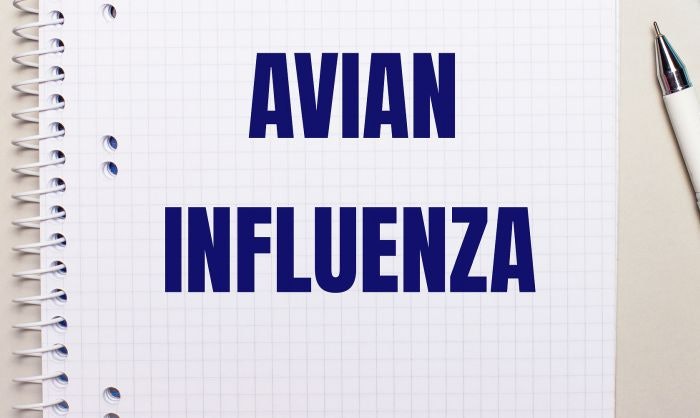Ahead of the likely re-emergence of highly pathogenic avian influenza (HPAI) in the fall, the authorities in South Korea have announced a series of measures to reduce the risk of the virus infecting the nation’s poultry flocks.
Earlier this week, the agriculture ministry reported that risk of HPAI outbreaks is currently low, and that it had lowered the crisis alert level from “caution” to “concern.” As a consequence, quarantine measures across the country have been restored to normal.
By most measures, the 2024-2025 HPAI season in South Korea was worse than the previous year, the ministry noted. More flocks were affected — 49 compared with 32 — and the first cases were confirmed much earlier — in October rather than December. At 26, the number of cities/provinces with confirmed HPAI cases in poultry in the most recent season was higher than the 14 affected by outbreaks in 2023-2024.
Among the measures announced by the ministry are official inspections of all poultry farms nationwide before September. These aim to identify potential biosecurity gaps at each unit.
Additionally, training sessions will be arranged for all farms, customized for each region and livestock type. For premises affected by HPAI in 2024-2025, there will be additional training on disease prevention.
Lastly, the ministry has announced it will be revising the national quarantine implementation guidelines with specific measures for poultry-dense areas.
The two most recent HPAI outbreaks among South Korean poultry flocks began at the end of June, bringing the season’s total to 50, based on official notifications to the World Organisation for Animal Health (WOAH). Directly impacted through mortality and culling were more than 2.49 million birds.
More HPAI outbreaks among Cambodian poultry
Over the past month, the nation’s veterinary authority has registered a further eight HPAI outbreaks affecting village flocks with WOAH.
These bring to 24 the number of outbreaks involving the H5N1 virus variant in Cambodia since July of 2024. Directly affected have been over 9,700 poultry in 13 of its 25 provinces.
Starting in the month to July 22, the most recent outbreaks involved village flocks across seven different provinces, mainly in the southern half of the country.
Not only has the virus spread among the nation’s poultry in recent months, more of its people are becoming infected following contact with sick or dead birds.
In recent days, Cambodia confirmed its 14th human case of 2025 infected with the influenza A(H5N1) virus of avian origin.
The virus infecting these human patients has been identified as a new reassortment of an older virus clade. Recently renamed clade 2.3.2.1e, this virus appears to be spreading rapidly in the country’s wild birds and domestic poultry, according to Avian Flu Diary.
HPAI reemerges in Taiwan
In the second week of July, a commercial goose flock tested positive for the H5N1 HPAI virus, according to a WOAH notification.
Almost 600 of the 3,200 birds died at the affected premises in the western county of Yunlin.
Source of the infection is uncertain. This was the seventh outbreak in the county of 2025, but it followed a near-two-month hiatus.
View our continuing coverage of the global avian influenza situation in poultry, and on disease developments in the U.S. dairy sector.
